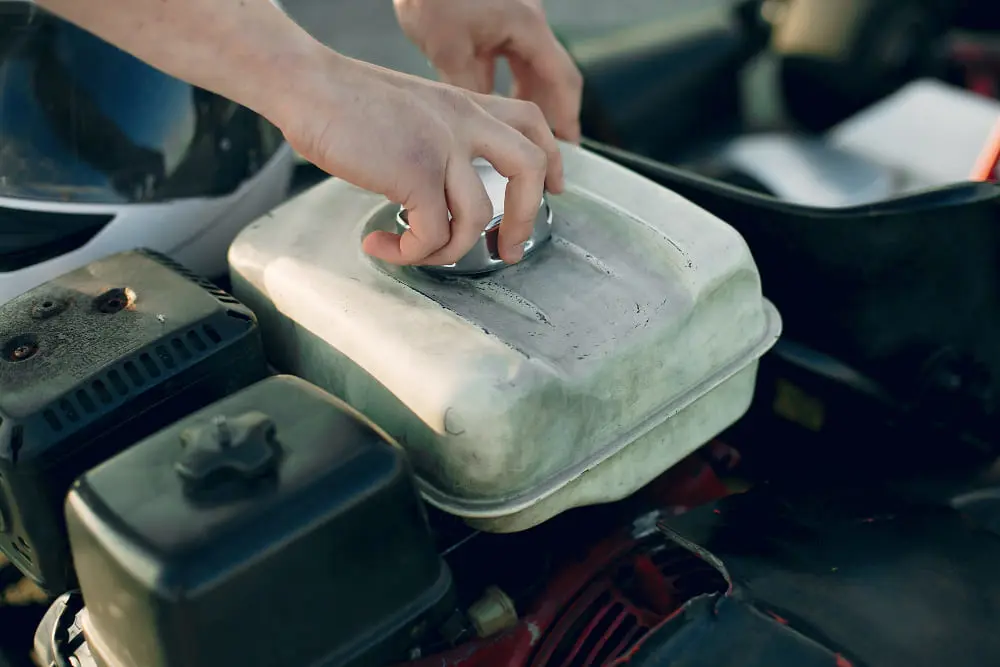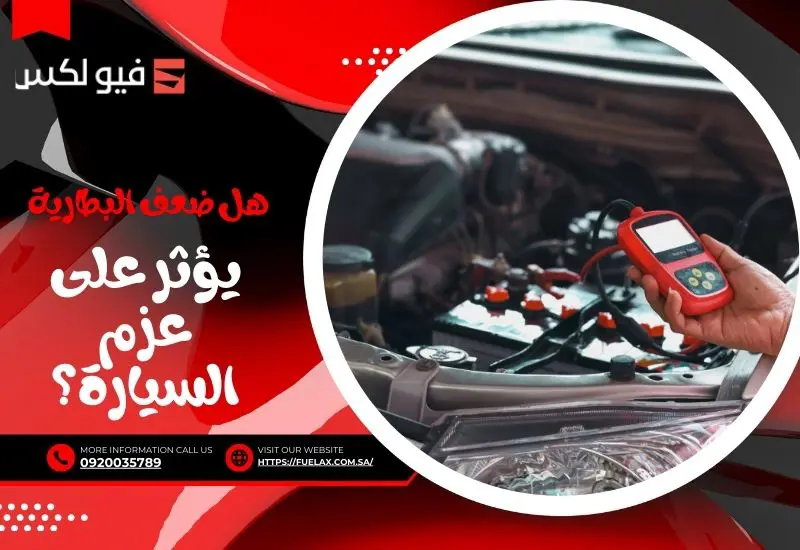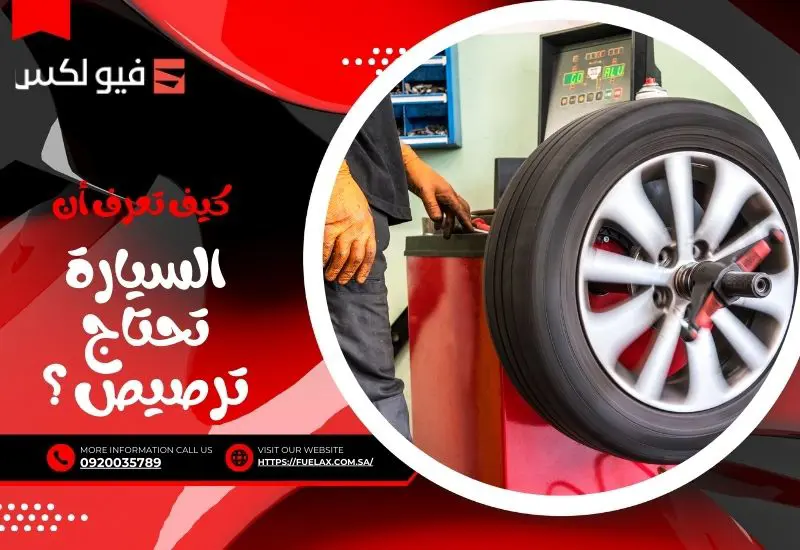
Engine oil loss without leakage is a perplexing problem that affects thousands of drivers worldwide. Unlike external oil leaks that leave obvious puddles beneath vehicles, internal oil consumption occurs when oil enters the combustion chamber and burns along with fuel, disappearing without trace.
Worn piston rings represent the most common cause of oil loss without external leakage. These thin metal rings seal the gap between pistons and cylinder walls. When they wear out, oil seeps from the crankcase into combustion chambers where it burns completely, causing gradual oil level reduction.
Valve seal deterioration is another major culprit. These rubber seals prevent oil from entering cylinders through valve stems. Age, heat, and chemical degradation cause seals to harden and crack, allowing oil to leak into combustion chambers, especially noticeable during cold starts.
Blue or white exhaust smoke often indicates internal oil burning, particularly visible during acceleration or startup. Increased fuel consumption and unusual exhaust odors are additional warning signs that warrant immediate professional inspection.
PCV system malfunctions can create excessive crankcase vacuum, pulling oil through the intake system where it burns invisibly. Regular maintenance and proper diagnosis help identify these issues before they cause expensive engine damage.
Modern diagnostic techniques can accurately pinpoint the source of internal oil loss, enabling targeted repairs that restore engine efficiency and prevent costly future problems.


